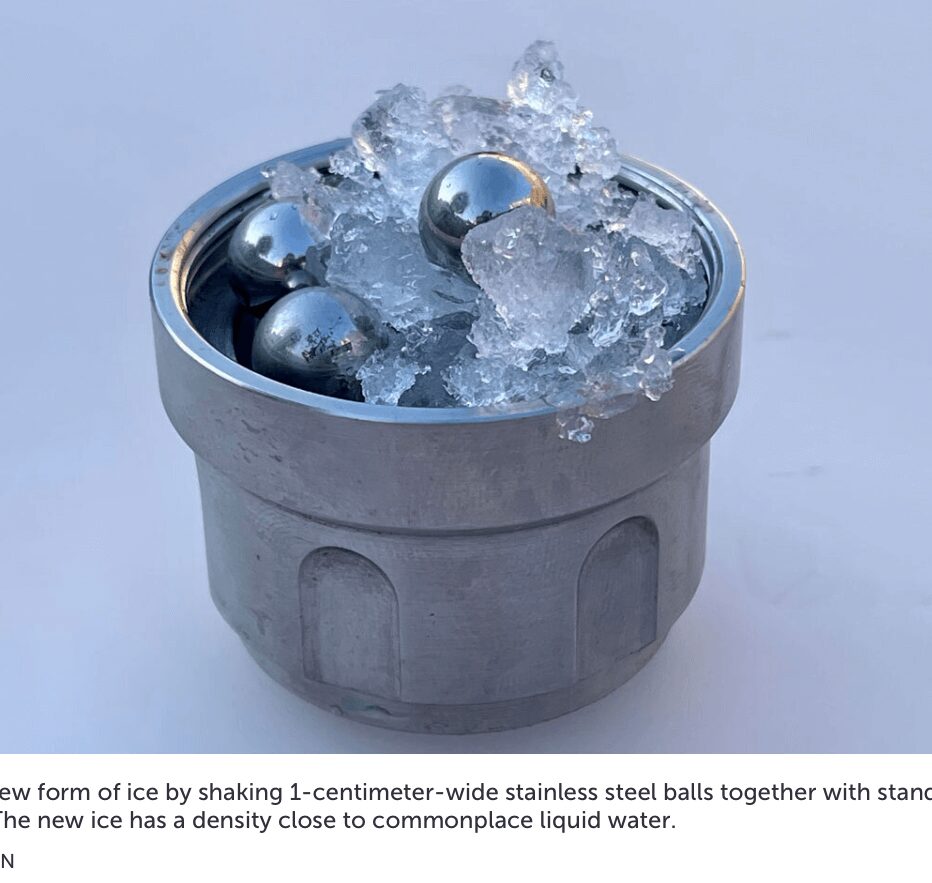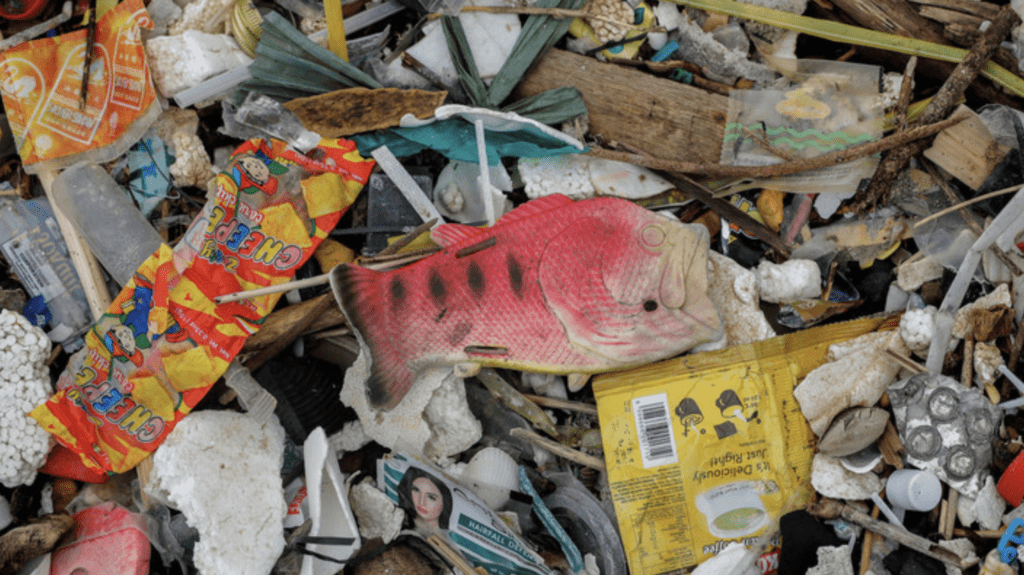Daniel Salzler No. 1190
EnviroInsight.org Seven Items February 24, 2023
—————Feel Free To Pass This Along To Others——————
If your watershed is doing something you would like others to know about, or you know
of something others can benefit from, let me know and I will place it in this Information .
If you want to be removed from the distribution list, please let me know.
Please note that all meetings listed are open.
Enhance your viewing by downloading the pdf file to view photos, etc.
The attached is all about improving life in the watershed.
If you want to be removed from the distribution list,
please let me know. Please note that all meetings listed are open.
Check our website at EnviroInsight.org
1.WEF / EPA / CDC Wastewater Surveillance Workshop March 7, 2023. WEF is planning a one-day wastewater surveillance workshop at the public library in the City of Tempe, AZ on March 7, 2023. The purpose of the workshop is to convene representatives from the public health and wastewater sectors to discuss barriers to utility participation in wastewater surveillance programs and identify solutions for overcoming these barriers. We are collaborating with both the CDC and EPA to run this workshop series.

2. Arizona Association of Environmental Professionals February Meeting. The February meeting of the AZAEP will be in Phoenix, at the Boulders, on Broadway, in Tempe.
Speaker: Thomas Goodman and Rachel Hansen, Project Engineers, Gila Couty
Topic: Tonto Creek Bridge Project
Register at: https://docs.google.com/forms/d/e/1FAIpQLSeQB0CR8KTZ2z7C PoyemJgjPOzKzwym9gVF40AIHLJrfqa70g/viewform?vc=0&c=0&w=1&flr=0

Pay at: https://azaep.org/monthly-meetings
Costs are as follows:
$8 for virtual attendees
$20 for members
$25 for non members
If attending virtually please RSVP and pay and we will e-mail the agenda with the Zoom link on Tuesday.
3. Water Is Weird. A New Type Of Ice Could Help Us Understand Why. The unusual amorphous ice has a density close to that of liquid water.

Ice cubes float in water because they’re less dense than the liquid. But a newfound type of ice has a density nearly equal to what’s in your water glass, researchers report in the Feb. 3 Science. If you could plop this ice in your cup without it melting immediately, it would bob around, neither floating nor sinking.
The new ice is a special type called an amorphous ice. That means the water molecules within it aren’t arranged in a neat pattern, as in normal, crystalline ice. Other types of amorphous ice are already known, but they have densities either lower or higher than water’s density under standard conditions. Some scientists hope this newly made amorphous ice could help solve the scientific mysteries that swirl around water.
To generate the new ice, scientists used a surprisingly simple technique. Called ball milling, it involves shaking a container of ice and stainless steel balls, cooled to 77 kelvins (nearly –200° Celsius). The researchers were motivated by curiosity; they didn’t expect the technique to produce a new amorphous ice. “It was a sort of Friday-afternoon idea we had, to just give it a go and see what happens,” says physical chemist Christoph Salzmann of University College London.
An analysis of how X-rays scattered from the frosty stuff suggested they’d created an amorphous ice. And computer simulations that mimicked the effects of ball milling revealed that a disordered structure could be produced by layers of ice sliding past one another in random directions, in response to the forces exerted by the balls.
“You have to be open, as a scientist, for the unexpected,” says chemical physicist Anders Nilsson of Stockholm University, who was not involved with the research. The ball milling technique, he says, “was quite innovative to do.
Since the material was made by mashing up normal ice, its relationship to liquid water is unknown. It’s unclear whether it can be produced directly, by cooling liquid water. Not all amorphous ices share this connection with their liquid state.
If the new ice does have this link to the liquid, the ice might help scientists better understand water’s quirks. Water is puzzling because it flouts the norms for liquids. For example, whereas most liquids become denser upon cooling, water gets denser as it gets closer to 4° C, but becomes less dense as it is cooled further.
Many scientists suspect water’s weirdness is connected to its behavior as a supercooled liquid (SN: 9/28/20). Pure water can remain a liquid at temperatures well below freezing. Under such conditions, liquid water is thought to exist in two different phases, a high-density liquid and a low-density one, and that dual nature could explain water’s behavior under more typical conditions (SN: 11/19/20). But much remains uncertain about that idea.
Salzmann and colleagues suggest that the new ice could be a special form of water called a glass. Glasses can be made by cooling a liquid quickly enough that the molecules can’t rearrange into a crystal structure. The glass in a windowpane is an example of this kind of material, made by cooling molten silica sand, but other substances can form glasses, too.
If the new ice is a glass state of water, scientists would need to work out how it fits into that dual-liquid picture. And that could help scientists tease out what’s really going on at difficult-to-study supercooled conditions.
But some researchers are skeptical that the new material has any connection to the weird physics of liquid water. Physical chemist Thomas Loerting of the University of Innsbruck in Austria thinks that the ice is “closely related to very small, distorted ice crystals,” rather than the liquid form of water.
Still, earlier computer simulations have suggested that water could form glasses of a range of densities close to liquid water, says computational physicist Nicolas Giovambattista of Brooklyn College of the City University of New York. “It opens doors for new questions. It’s new, so what is it?”
Questions or comments on this article? E-mail us at [email protected]

4. The Great Pacific Garbage Patch; 50 years ago, scientists discovered the Great Pacific Garbage Patch. On February 10, 1973, scientists on an oceanographic voyage in the Central North Pacific last August became startled about the number of manmade objects littering the ocean surface. [Far from civilization and shipping lanes], they recorded 53 manmade objects in 8.2 hours of viewing. More than half were plastic. They go on to compute that there are between 5 million and 35 million plastic bottles adrift in the North Pacific.
Update: The Great Pacific Garbage Patch is larger now than it was in 1973, containing an estimated 1.8 trillion pieces of plastic within an area twice the size of Texas (SN Online: 3/22/18). In recent years, marine biologists have started seeing evidence that garbage is disrupting ocean ecosystems. For instance, large pieces of trash have helped species cross into new territories (SN: 10/28/17, p. 32). But an even greater threat may lurk beneath the waves. Tiny bits of plastic concentrate hundreds of meters deep where they can be eaten by filter feeders and potentially make their way into the guts of larger predators (SN: 7/6/19 & 7/20/19, p. 5). Questions or comments on this article? E-mail us at [email protected]
5. . Dark Money Is Fueling Climate Denial And Delaying Action, Watchdogs Warn.
Dark money groups have become a critical roadblock to meaningful climate action by propagating misinformation about climate science and clean energy, while propping up positions who support fossil; fuels through massive donations, according to a series of recent investigations and reports.
Dark money refers to spending meant to influence elections or policy where the source of the money isn’t disclosed. In many cases, the money is hidden from the public by being channeled through politically active nonprofits such as 501(c)(4)s, which generally aren’t required to disclose donors, or through the use of shell companies.
Spanning from last May to as recently as this week, a slew of news investigations and watchdog reports have revealed a bevy of dark money campaigns aimed at safeguarding the finances of fossil fuel energy companies. Most of the campaigns focused on spreading misleading information about the benefits of fossil fuels and the potential harms of clean energy, as well as funding campaigns for politicians that are friendly to oil and gas development, the reports found.
Two particularly alarming revelations sprang from a joint-investigation by NPR and Floodlight, published in December, and another investigation by The Washington Post published Thursday. The December investigation found that at least $900,000 tied to utility company Alabama Power had been funneled to news websites that wrote articles that promoted the utility’s business interests. Thursday’s report found that a nonprofit created by a half-dozen gas companies was hiring prominent Democratic politicians and pollsters for the purpose of improving the reputation of natural gas among liberal voters.
From the NPR investigation report noted above…..
In reality, they are among six news outlets across Alabama and Florida with financial connections to the consulting firm Matrix LLC, a joint investigation by Floodlight and NPR finds. The firm, based in Montgomery, Alabama, has boasted clients including Alabama Power and another major U.S. utility, Florida Power & Light.
In addition to Yellowhammer and The Alabama Political reporter, the sites include Alabama Today, The Capitolist, Florida Politics and the now-defunct Sunshine State News.
A tally of the five still-functioning sites show they have a collective audience of 1.3 million unique monthly visitors. Many of their consumers are political professionals, business leaders and journalists — people who help set the agenda for lawmakers and talk radio shows in both states.
These readers have been unknowingly immersing themselves in an echo chamber of questionable coverage for years.
Matrix shrewdly took advantage of the near collapse of the local newspaper industry and a concurrent plunge in trust in media in propelling its clients’ interests.
Read the entire NPR report at https://www.npr.org/2022/12/19/1143753129/power-companies-florida-alabama-media-investigation-consulting-firm
To read the entire article, go to [email protected]
6. Who Invented The Battery?
a. Thomas Edison
b. Alessandro Volta
c. Leonardo Da Vinci
d. Niklola Tesla
To find the answer, look to the end of the newsletter
7. Be An Oak Creek Caretaker!

February 25 – Mescal Trailhead in West Sedona
Join Oak Creek Watershed Council as we pick-up litter in the vicinity of Sedona’s popular
Mescal Trailhead, located in the Dry Creek basin—a tributary of Oak Creek.
March 23 – Sunset Park & Carroll Canyon in West Sedona
Join Oak Creek Watershed Council as we pick-up litter around Sunset Park and Carroll Canyon—a hidden gem hiking trail
for some, a well-loved one for others. Details & Registration
Answer to question No 6. is b.
The first true battery was invented in the year 1800, when Alessandro Volta came up with the voltaic pile. The voltaic pile was made up of pairs of copper and zinc discs that were piled on top of each other and separated by a layer of cloth or cardboard. These produced continuous and stable electric currents and were the first true battery. Although they invented the first battery, Volta and his fellow scientists were not sure how it worked. They thought electricity came from 2 different materials simply touching each other, and did not understand positive and negative ions.
Source: Need To Know Facts
Copyright: EnviroInsight.org 2023
